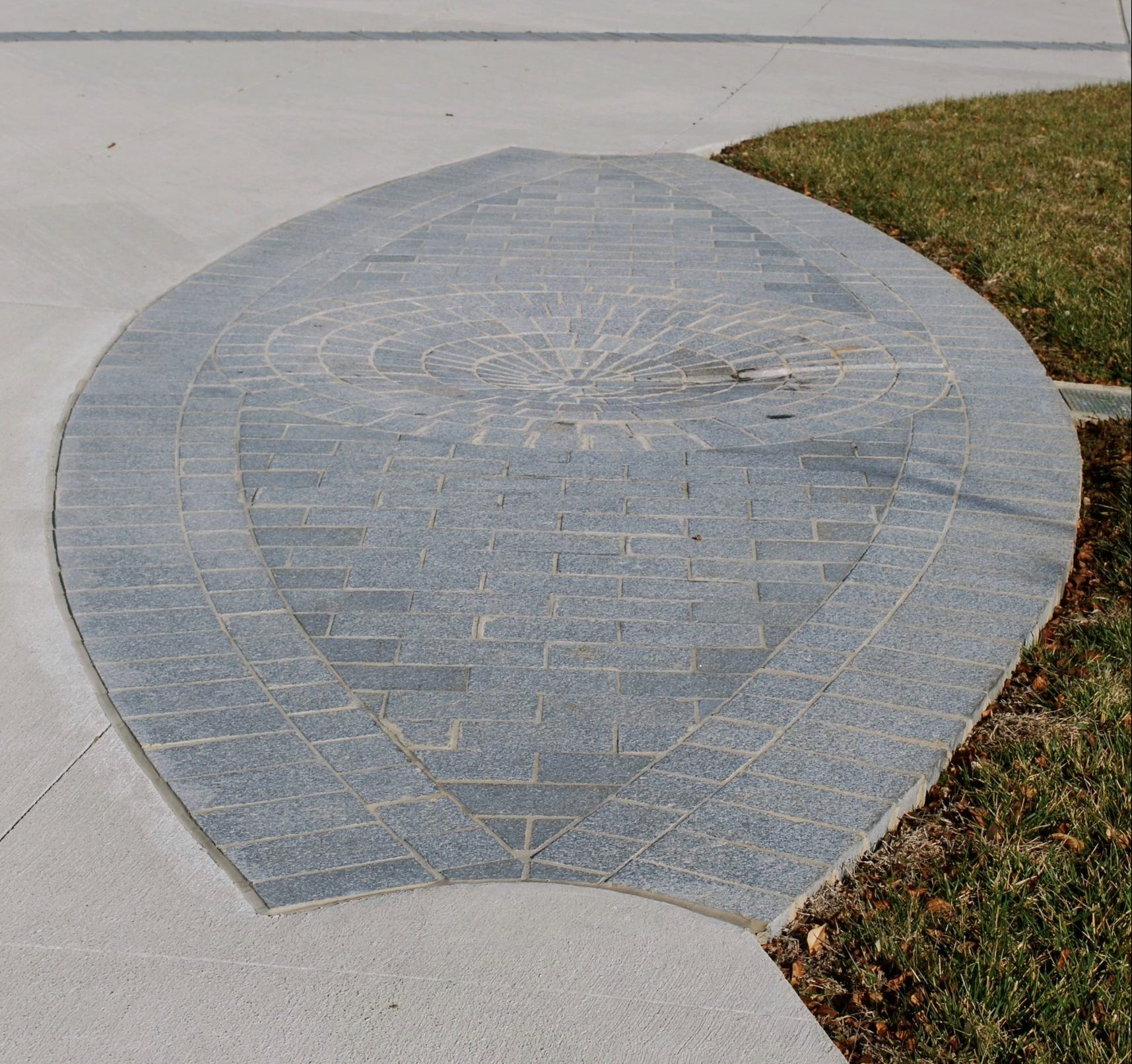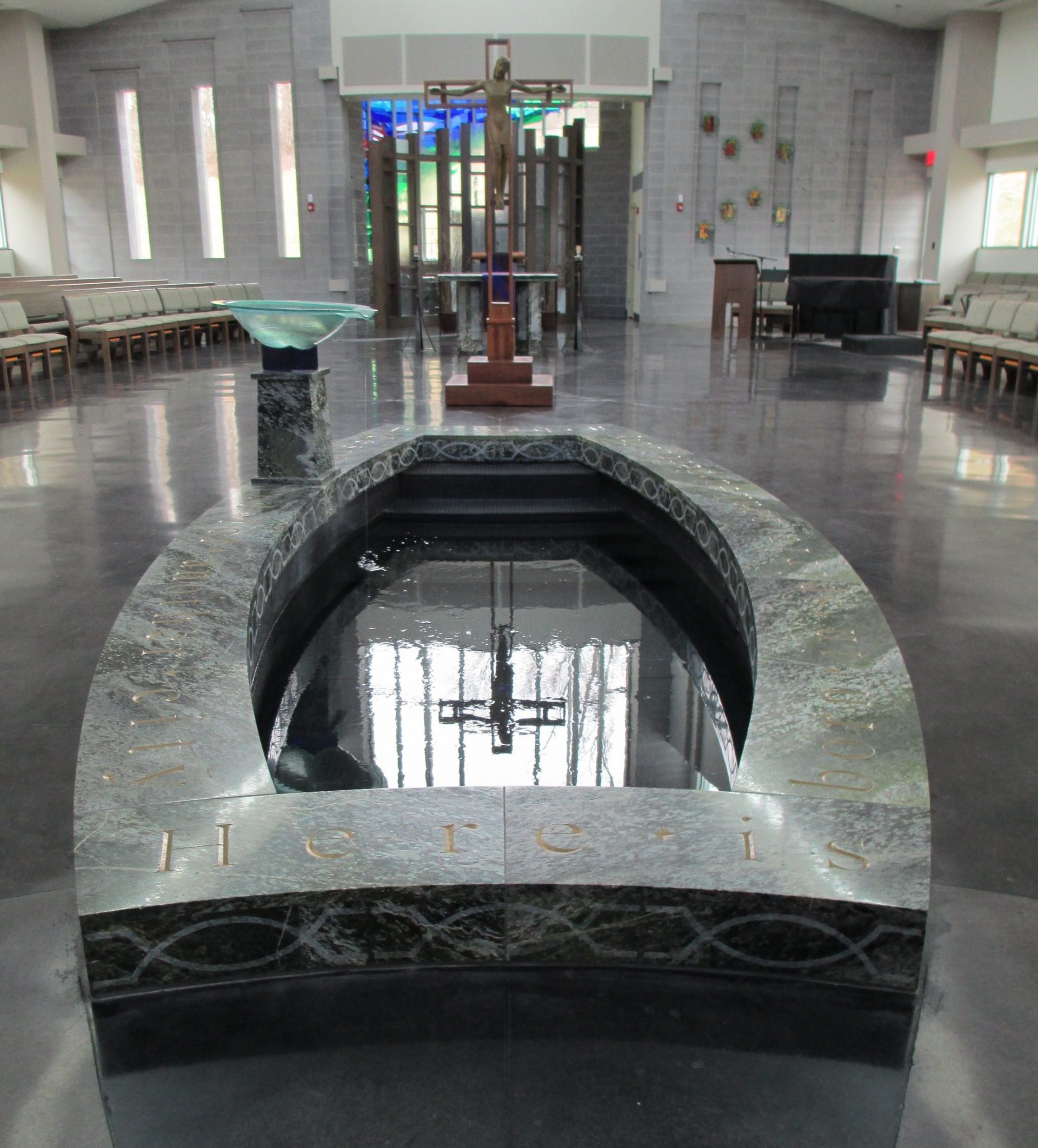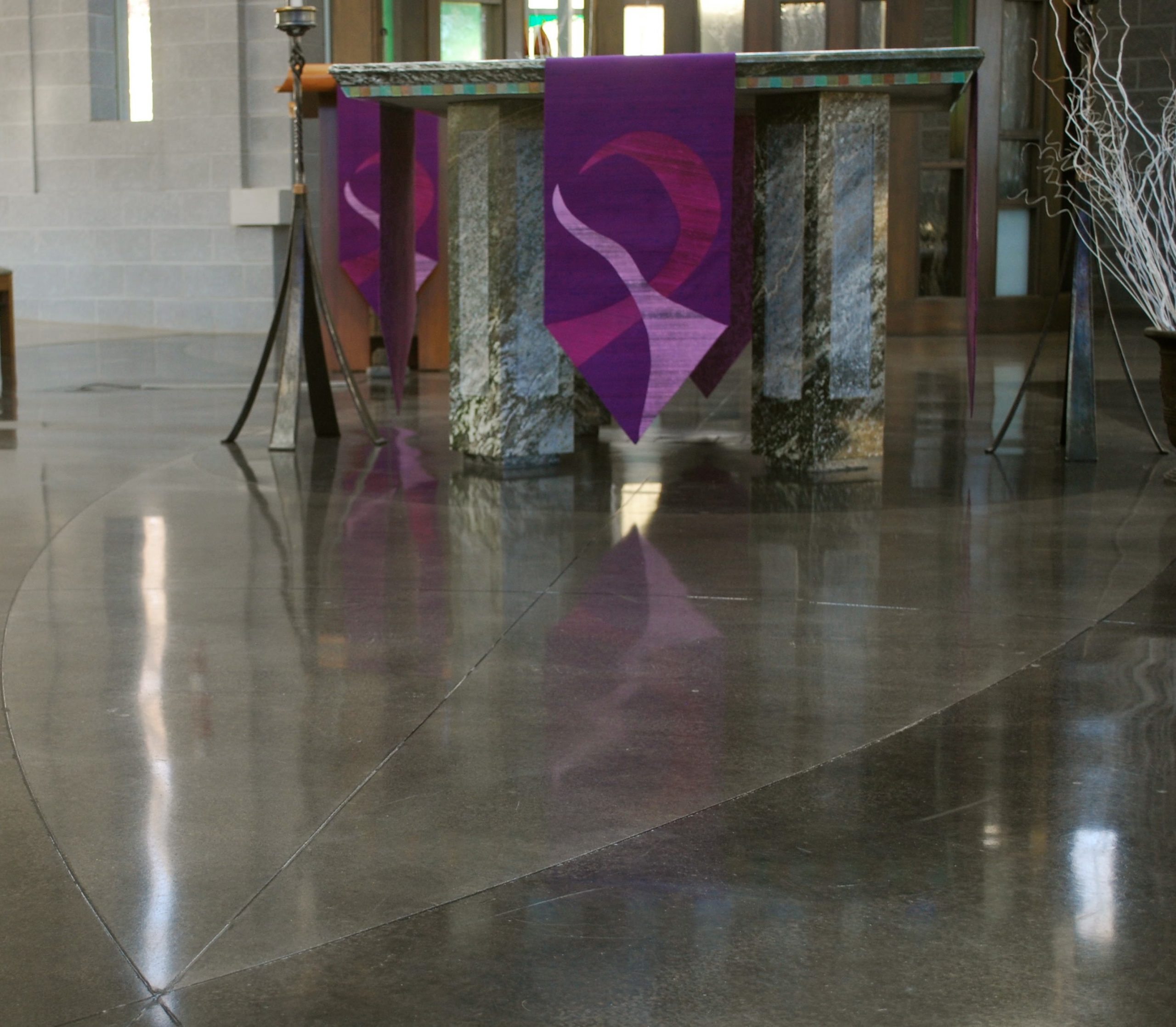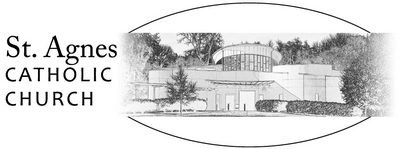Catholic Corner
May 16, 2021
Everything You Might Want To Know…
The shape of our church building is an oval, or a mandorla. This is Italian for “almond.” The terms has an ancient theological lineage because of its use depicting a meeting point between the human reality and that of the divine.
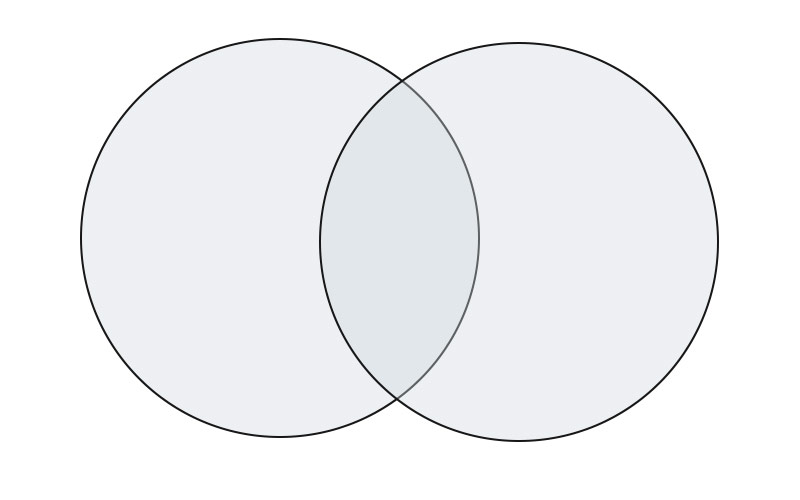
The point where these two realities intersect is indicated by the almond shape shown. This is a mandorla, the meeting point between heaven and earth, the human and the divine.
It is the perfect description of the liturgy, where we come together as the baptized in all our normal, messy humanity and celebrate our relationship with our good and loving God. In the liturgy we proclaim the Word of God through human voice, we pray through music and speech, we offer our very selves, and in the Eucharist receive the greatest of all gifts. The liturgy from beginning to end is a transformative experience that should help us envision our relationship with God in a new way and by so doing transform our relationships with one another so that we can go forth into the world to change it in light of Christ.
The shape of our space reflects the reality we celebrate. It is a mandorla! Look closely and you will see this shape repeated everywhere. Find the Easter Fire pit outside – and see the shape. See the baptismal font, it is the mandorla. Baptism is one of the primary encounters of the human and divine. It is the sacrament of rebirth, of dying and rising. So it makes perfect sense that the font would reflect its purpose as a meeting point. Look at the floor. Can you find the mandorlas scribed into the concrete? Around the table? Around the font? Are there more?
The intersection that forms the mandorla is also a point of tension. It reflects the tension we live between the now of the reign of God and the fullness of that reality that has yet to be fulfilled. Jesus preached the now of that reign in his ministry. The task to bring this to its fulfillment is part of the responsibility that comes with our baptism. The meeting point symbolized by the mandorla engages us and challenges us with this eschatological tension of the now and the not yet. Our space is designed so that we encounter this reality every time we gather.
